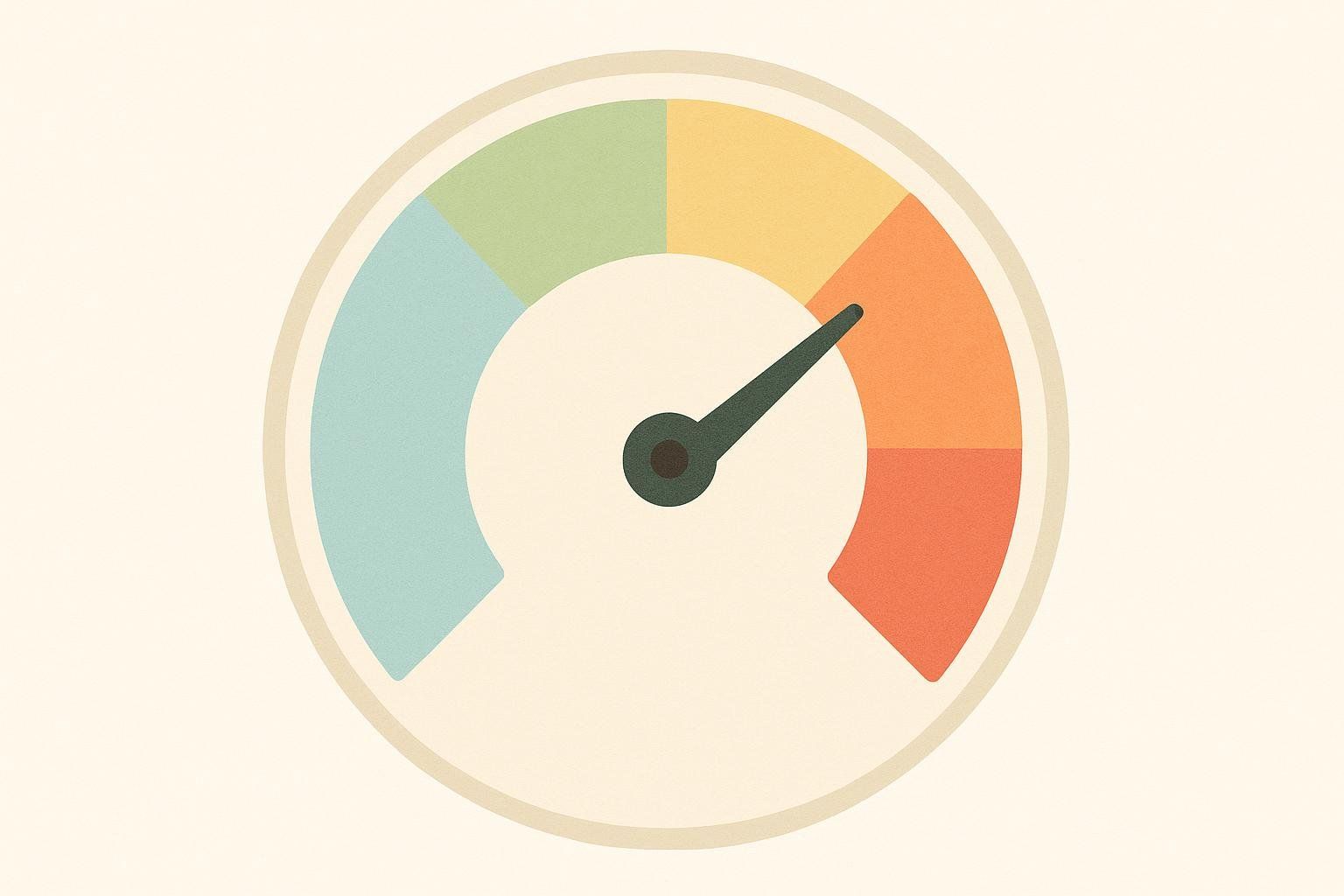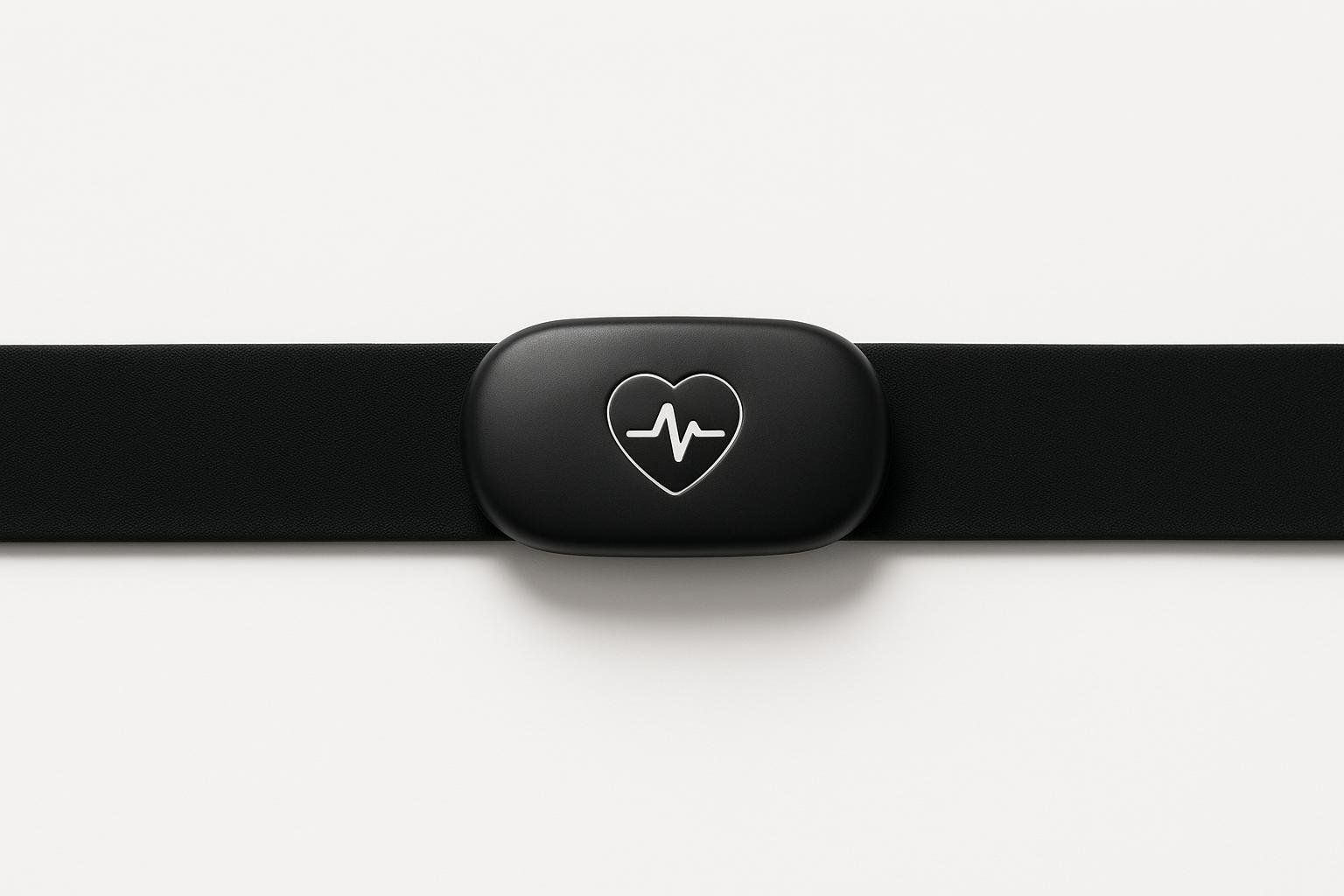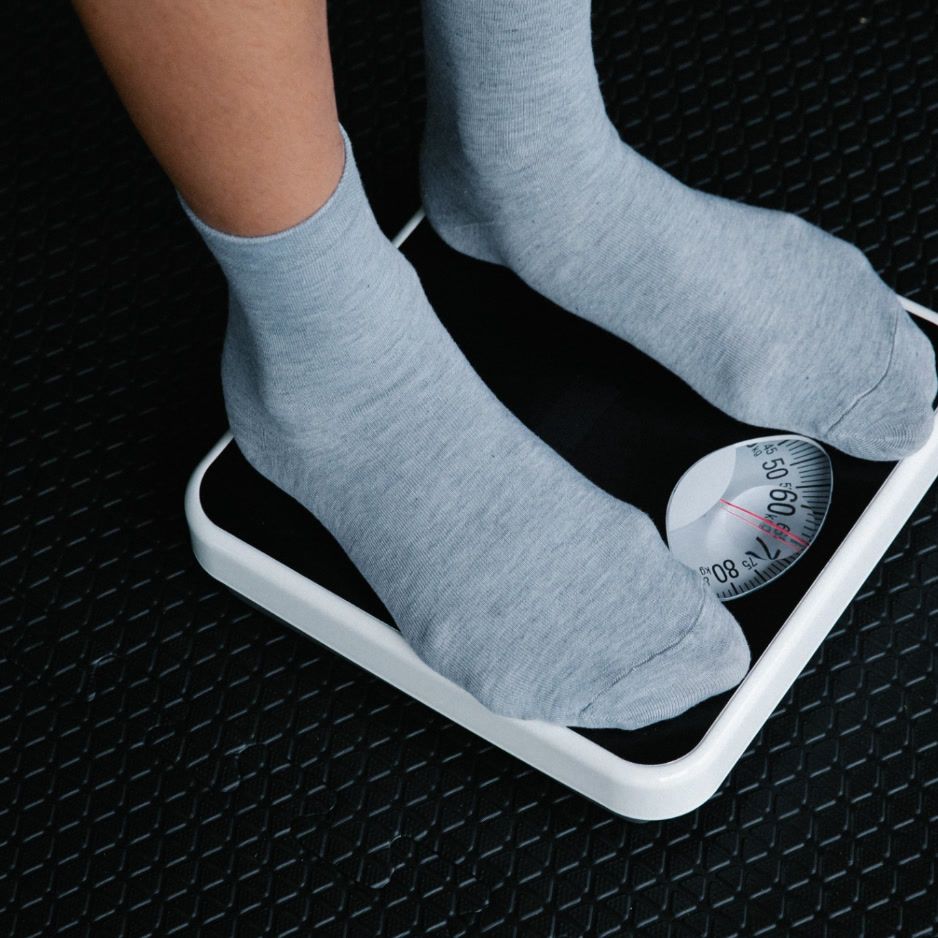Heart Rate Zones: How to Calculate & Train Smarter

Heart Rate Zones: How to Calculate & Train Smarter
Want cardio that fits your goals—fat loss, endurance, or speed—without guesswork? Heart rate zones give you a simple, science-backed way to dial in intensity, recover better, and see measurable progress.
TL;DR
- Zones are intensity bands based on your heart rate. Most guides use five zones tied to a percentage of your maximum heart rate. The American Heart Association classifies moderate intensity at roughly 50–70% of max heart rate and vigorous at 70–85% (according to AHA guidelines).
- You can estimate your zones with the age-based formula (220 − age), get more personal with the Heart Rate Reserve method, or calibrate precisely with a lactate-threshold field test.
- If you take beta blockers or certain heart meds, use the talk test and perceived exertion instead of heart rate targets.
What are heart rate zones?
Heart rate zones are ranges of beats per minute (BPM) that map to how hard you’re working. Training in specific zones helps you target adaptations like building an aerobic base, burning fat efficiently, or developing speed. Clinicians and coaches typically use five zones based on a percentage of your maximum heart rate (MHR) (Cleveland Clinic’s overview of training zones). The CDC’s “talk test” is a practical cross-check: you can talk but not sing at moderate intensity; at vigorous intensity, you can say only a few words between breaths (CDC guidance on measuring intensity).

The 5 common zones (by % of max heart rate)
| Zone | % of Max HR | How it feels | Typical use |
|---|---|---|---|
| Zone 1 | 50–60% | Easy. You can carry a full conversation. | Warm-up, cool-down, active recovery |
| Zone 2 | 60–70% | Comfortable, steady. Talk with brief pauses. | Aerobic base, endurance, fat utilization |
| Zone 3 | 70–80% | “Comfortably hard.” Breathing deeper; short phrases. | Tempo efforts, stamina |
| Zone 4 | 80–90% | Hard. Talking is difficult. | Speed and power intervals |
| Zone 5 | 90–100% | Maximal efforts. | Short sprints, finishing kicks |
For general targets, the American Heart Association recommends 50–70% of max HR for moderate intensity and 70–85% for vigorous (AHA target heart rate chart).
How to calculate your zones (3 methods)
Choose the method that matches your experience and needs. New to training? Start simple. Racing or optimizing performance? Calibrate more precisely.
Method 1) Age-based Max HR (quick and simple)
Estimate max heart rate (MHR) as 220 − age. Then multiply by each zone’s percentage.
Example (age 40): 220 − 40 = 180 bpm estimated MHR.
- Zone 2 (60–70%): 108–126 bpm
- Zone 3 (70–80%): 126–144 bpm
- Zone 4 (80–90%): 144–162 bpm
Pros: Fast, no testing needed.
Cons: It’s an estimate; individual variation can be large (Mayo Clinic notes different formulas exist and fitness/medications affect targets) (Mayo Clinic on measuring exercise intensity).
Method 2) Heart Rate Reserve (Karvonen) — more personalized
This accounts for your resting heart rate (RHR), which reflects fitness (Cleveland Clinic explainer on Heart Rate Reserve).
Formula: Target HR = RHR + (Intensity % × (MHR − RHR)).
Steps:
- Measure resting heart rate (e.g., upon waking) for several mornings.
- Estimate Max HR (220 − age) or from lab testing.
- Heart Rate Reserve (HRR) = Max HR − Resting HR.
- Pick an intensity, then compute Target HR.
Example (age 40; RHR 60): MHR 180 → HRR 120.
- 70% effort: 60 + (0.70 × 120) = 144 bpm
- 85% effort: 60 + (0.85 × 120) = 162 bpm
Method 3) Lactate Threshold field test — best for athletes
A widely used field test estimates Lactate Threshold HR (LTHR) via a solo 30-minute time trial popularized by coach Joe Friel’s protocol. You run, ride, or row as hard as you can sustain for 30 minutes, then take the average heart rate from the last 20 minutes as your LTHR. You can then convert LTHR to practical training zones using this TrainingPeaks guide to setting zones.

Pros: Anchors zones to your physiology; more stable for performance training.
Cons: Requires a maximal effort and must be retested periodically to remain accurate.
Note: The most accurate way to determine Max HR and thresholds is an exercise stress test or VO₂ max assessment in a lab (Cleveland Clinic on testing options).
If you take beta blockers or heart meds
Beta blockers blunt heart rate response, so you may not reach formula-based targets even when you’re working hard. In that case, use the talk test (CDC) and perceived exertion (how hard it feels), or get a clinician-supervised stress test to set safe, individualized targets (Mayo Clinic on beta blockers and exercise).

Devices, accuracy, and simple best practices
- Wrist optical sensors are convenient but can lag during rapid intervals; a chest strap improves accuracy for sprints/HIIT.
- Consistency beats perfection: measure under similar conditions (same device, strap position, and timing).
- Cross-check intensity with the talk test to avoid overcooking easy days.
See our data-driven picks in our guide to the Best Fitness Trackers of 2025.

Goal-based training templates (sample weeks)
Use these as starting points, then adjust time and frequency to fit your schedule and recovery. If new to exercise, clear plans with your healthcare provider first.
A) Weight loss & health (3–4 days/week)
- Two to three Zone 2 sessions, 30–50 minutes each
- Optional: one short HIIT day (for example, six to ten 30-second Zone 5 efforts with 90 seconds easy between)
- Weekly target: Aim for about 150 minutes moderate or 75 minutes vigorous (AHA physical activity recommendations)
Why it works: Zone 2 builds your aerobic base and teaches your body to use fat for fuel, while brief high-intensity bouts add a calorie and fitness boost (Cleveland Clinic on zone benefits).

B) Endurance base (4–5 days/week)
- Three to four Zone 2 sessions, 30–90 minutes total volume
- One Zone 3 tempo (20–30 minutes continuous or two blocks of 10–15 minutes)
- Optional strides (four to six 15–20-second efforts) at the end of an easy day
Why it works: Lots of Zone 2 for mitochondrial density and fat oxidation, plus a tempo dose for durability—this is a core principle of steady state cardio.

C) Speed & performance (4–6 days/week)
- Two interval days in Zones 4–5 (for example, five or six 3-minute hard efforts with 2–3 minutes easy)
- Two to three Zone 2 easy/recovery days
- One tempo or long endurance day, depending on event goals
For programming focused on metrics like VO₂ max, consider four to six 3-minute intervals at about 90–95% max HR with equal recovery.
FAQs
How many minutes per week should I aim for?
Adults should target at least 150 minutes of moderate or 75 minutes of vigorous aerobic activity weekly (AHA physical activity recommendations), plus 2 days of strength training for overall fitness.
What if my heart rate seems “too high” for the effort?
Slow down or take a recovery day. Heat, dehydration, poor sleep, and stress elevate HR. Use both heart rate and how you feel to guide training (Mayo Clinic on intensity).
Is Zone 2 really best for fat loss?
Zone 2 emphasizes fat as a fuel source, but total energy balance still drives weight loss. Mix mostly Zone 1–2 with small amounts of higher-intensity work you can recover from (Cleveland Clinic on zone benefits). Track body composition—not just scale weight—with DEXA to ensure you’re losing fat, not muscle. See our DEXA scan overview.
Can I use HRV or VO₂ max with zones?
Yes. HRV trends help you decide when to push or back off; VO₂ max sets performance context and paces. HRV-guided programming can improve endurance gains when you adjust intensity based on your daily baseline (2024 narrative review of HRV in training). See our guides: HRV by age and VO₂ max benchmarks.
Do I need a heart rate monitor?
They’re helpful, but not required. The talk test is validated, simple, and free (CDC guidance on measuring intensity). If you buy one, chest straps are best for intervals; wrist wearables are fine for steady efforts.
Pro tips for smarter zone training
- Calibrate once, then keep it simple: pick one method and stick to it for several weeks.
- Recalculate after noticeable fitness changes or every 8–12 weeks.
- Keep easy days truly easy (Zone 1–2). That’s where long-term gains compound.
- Fuel zone work strategically: take quick-digesting carbs before Zone 4–5 sessions; focus on balanced meals before long Zone 2 days to sustain effort (Jeukendrup 2014 carbohydrate guidelines).
- Sleep to recover the system that sets your zones: 7–9 hours nightly supports autonomic balance and steadier heart rate responses in subsequent workouts.

More structured cardio ideas:
Measure Your Progress with BodySpec
- Get a baseline: Book a DEXA scan to measure fat, lean mass, and visceral fat precisely.
- Align your training: Pair DEXA changes with VO₂/zone progress for a full picture.
- Re-test every 8–12 weeks to keep your plan accountable.


